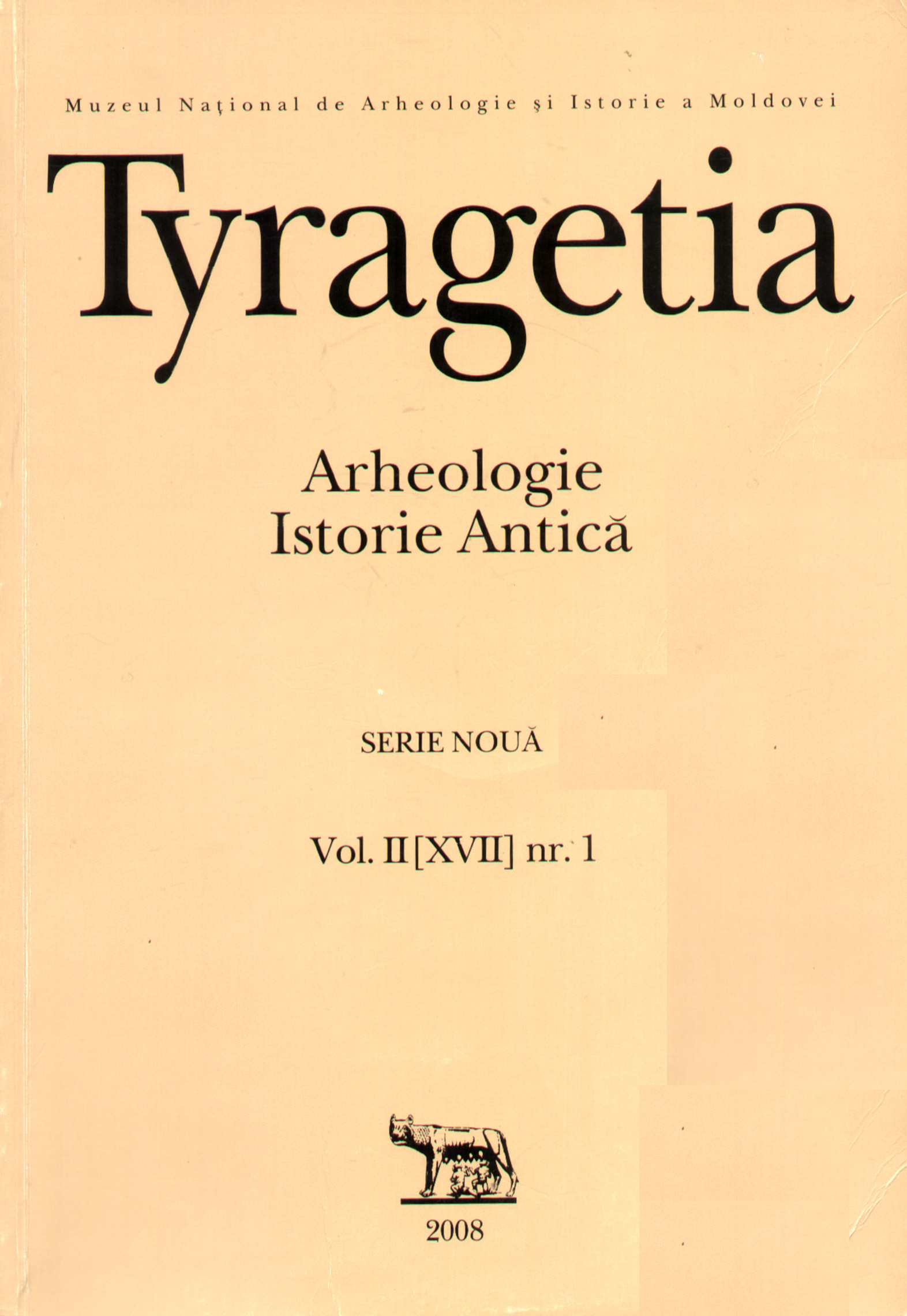Construcţii de suprafaţă din siturile de la Saharna
Surface structures from the settlements near by Saharna village
Author(s): Ion Niculiţă, Aurel Zanoci, Tudor ArnăutSubject(s): Archaeology
Published by: Muzeul Naţional de Istorie a Moldovei
Keywords: Iron Age; settlement;
Summary/Abstract: Several Iron Age monuments are known in the village of Saharna, Rezina region. For a few years planned archeological research had been conducted in three of them: Saharna Mică, Saharna Mare and Saharna “La Şanţ”. In the course of research, it was established that Saharna Mare stony cape was first settled in the end of the 12th century B.C. In the 11th century B.C. an unfortified settlement existed here. By the end of this century or at the end of the next century, it was abandoned and the population moved to another area. As evidenced by the archaeological materials Saharna Mică cape was resettled by the 7th century B.C. The most intensive economic development the settlement reached in the 6th-5th centuries B.C., and military development by the 4th-3d centuries B.C. when it was fortified by a complicated system of fortified structures.On the ground of research conducted on the territory of the Saharna Mare settlement it was established that in the 6th-5th centuries B.C. it occupied a considerable part of the cape and reached its peak of development in the 4th-3d centuries B.C.According to the archeological materials, the fortified settlement of Saharna “La Şanţ” was established in the 7th-6th centuries B.C., and later in the 5th-4th centuries B.C. it was already fortified by a wooden-earthen structure. Follow-up studies will allow us to more accurately determine the time when the settlements were settled and then abandoned.
Journal: Tyragetia (Serie Nouă)
- Issue Year: II/2008
- Issue No: 1
- Page Range: 51-78
- Page Count: 28
- Language: Romanian

